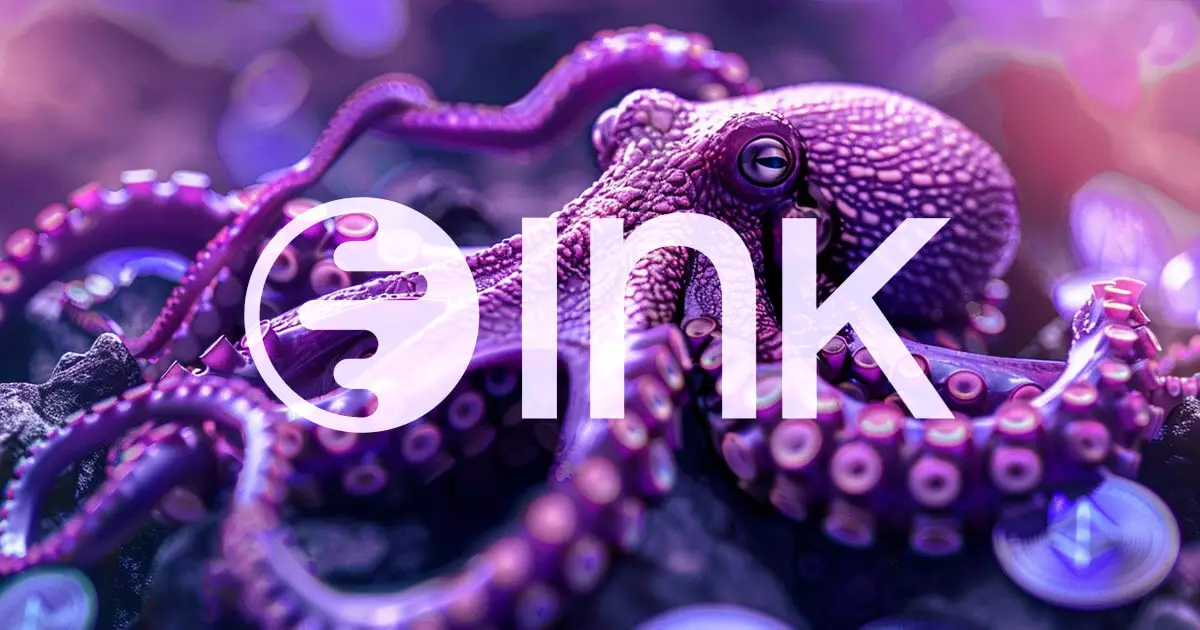In a decisive move signaling its commitment to the decentralized finance (DeFi) landscape, crypto exchange Kraken recently announced its plans to launch Ink, an Ethereum layer-2 network built on the Optimism Superchain. Scheduled for a testnet release later this year, with a full-scale rollout planned for the first quarter of 2025, Ink represents a fundamental shift from Kraken’s historical centralized exchange model. This transition reflects broader trends within the cryptocurrency sector, where traditional financers are increasingly adopting decentralized structures to foster user autonomy and engagement.
Ink aims to enable users to trade, borrow, and lend tokens seamlessly, without the need for intermediaries, thus emphasizing the ethos of decentralization that is vital to the crypto movement. According to Andrew Koller, the founder of Ink, the platform will collaborate with developers and communities to cultivate a rich ecosystem that enhances user experience and accessibility in DeFi. By prioritizing on-chain activities, Ink is set to elevate the current blockchain interaction experience for users, thereby paving the way for increased participation in decentralized economies.
Kraken’s choice to build Ink on the Optimism Superchain leverages the security strengths of Ethereum while integrating into a broader network of blockchains designed to enhance scalability and governance. With Optimism powering nearly half of all Ethereum layer-2 transactions, Kraken is aligning with major players like Coinbase and Uniswap to adopt this promising technology. This strategic decision underscores the importance of security and interoperability in maintaining user trust and ensuring sustainable growth within the rapidly evolving DeFi market.
While Kraken’s Ink may position itself competitively among emerging layer-2 networks, the dominance of Arbitrum in this space cannot be overlooked. Current data from DeFillama indicates that despite the adoption of Optimism technology, Arbitrum continues to lead the market. This highlights a significant challenge for Kraken as it looks to carve out its niche within a crowded and competitive landscape, where innovative value propositions and unique offerings will be instrumental in attracting users.
Beyond the launch of Ink, Kraken is concurrently enhancing its product offerings to solidify its standing in the cryptocurrency sector. The introduction of kBTC, a wrapped Bitcoin product that bolsters DeFi activities through 1:1 backing with actual Bitcoin, reflects Kraken’s intent to enrich the ecosystem it operates within. Additionally, with features such as EigenLayer integration for ETH restaking and the recent launch of a derivatives trading platform in Bermuda, Kraken is expanding its toolbox for users, catering to the evolving needs of retail and institutional investors alike.
Kraken’s ambitious roadmap for Ink and its surrounding offerings underscores a pivotal moment in the transition toward decentralization within the crypto space. As the landscape continues to evolve, platforms that adapt to user needs while ensuring robust security and seamless experiences will likely thrive. The focus on community-driven development and innovative financial products encapsulates Kraken’s vision for the future—a future where autonomy in finance is no longer a luxury but a standard for all participants in the cryptocurrency ecosystem.


Leave a Reply